Today I’m practicing Sojong – the practicing for purifying and restoring broken vows. I’m joining many of the ‘Vision Group’ in Singapore, supporters of my Guru, Shangpa Rinpoche , who have been regularly practicing Sojong on significant days of the lunar calendar.
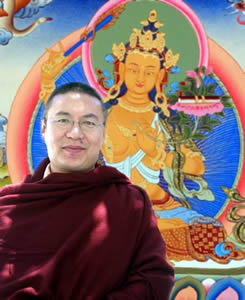
The practice was supposed to have been instituted among the general population by Vasubandhu, sometimes referred to as a Second Buddha.
“By this action, may I purify all my bad karma, refrain from further wrong action, and become a means for all beings to transcend suffering”.
Below follows the instructions from Shangpa Rinpoche for Sojong:
The significance and benefits of the Sojong practice
Sojong is a practice for purifying and restoring broken vows. “So” means ‘to restore’, i.e. to make broken vows and replenish positive virtues. “Jong” means ‘to purify’, i.e. to clear away negative karmas and harmful deeds. Traditionally, Sojong is practised bimonthly by members of the sangha to restore any broken Pratimoksha vows. This purification practice is also observed by some lay Buddhists. For lay Buddhists, Sojong is usually practised on holy days, full moon (Lunar 15th day) and new moon (Lunar 30th day) days.
For lay Buddhists, Sojong comprises taking the 8 Mahayana Precepts for one day and a formal confession. We tend to break our precepts constantly due to our deluded emotions and habits. Sojong cultivates a deliberate effort to reflect on oneself – a practitioner becomes more mindful of his own habitual tendencies, and by developing compassion and bodhicitta, he will awaken his natural innate state – his true Buddha nature. In today’s world, Sojong is a particularly useful practice for busy people who have no time for more formal practise in monasteries or Buddhist Centres. It is a simple but meaningful practice even a busy person can easily do at home or at work.
Developing Bodhicitta through Sojong
The Mahayana Sojong is primarily practiced to develop Bodhicitta – i.e. loving kindness and compassion. Yet, most lay people choose to take the 8 precepts and practice Sojong only on holy or multiplying days. The Mahayana Sutra mentioned that on every 8th day of the month according to the lunar Tibetan calendar, millions of tiny beings in space die due to the changes in the energy of moon which creates strong elemental forces that they cannot withstand. It is therefore very important to develop compassion and loving kindness towards them, dedicate merits to them and wish for their liberation. Rinpoche personally prays for their liberation on this day, he also encourages each and every one of us who wishes to practise Sojong to remember our Bodhicitta aspirations and to do our part on this day.
Compassion and wisdom are the core components of enlightenment. When we combine Rinpoche’s teaching with our inherent compassion to practice wisely, and cultivate within us compassion and bodhicitta for all sentient beings, these noble qualities will grow stronger and stronger, until it gradually becomes our nature. As we further refine our understanding of the teachings we receive with diligent practice, we will eventually be able to arrive at the fruition of our aspirations – enlightenment for the sake of all sentient beings. No matter where we are, as long as we are able to spare a few moments, with mindfulness and with the right understanding of the Sojong practice, we can put into practice one of the most wonderful Buddha’s teachings.
Below are some guidelines for practice by a lay practitioner at home:
1 Preliminary preparation
Set up a small shrine with an image of Buddha (may be picture, statue, photo, etc.).
2 Taking Refuge
“In the Buddha, Dharma and Sangha, I take refuge until enlightenment is won; by the merits of giving and other virtuous deeds; may I attain Buddhahood for the sake of all beings.”
(Recite three times.)
3 Generating Bodhicitta
“Through this practice, may I quickly awaken to my true Buddha nature. May countless beings benefit.”
4 Invocation
“I invoke as my eternal, infallible and true witness my guru and all the Buddhas and Bodhisattvas of the three times.”
Visualize in the space in front of oneself is one’s guru, in the form of Avalokitesvara (or other Buddhas and Bodhisattvas), surrounded by the principal and lineage masters, Buddhas and Bodhisattvas.
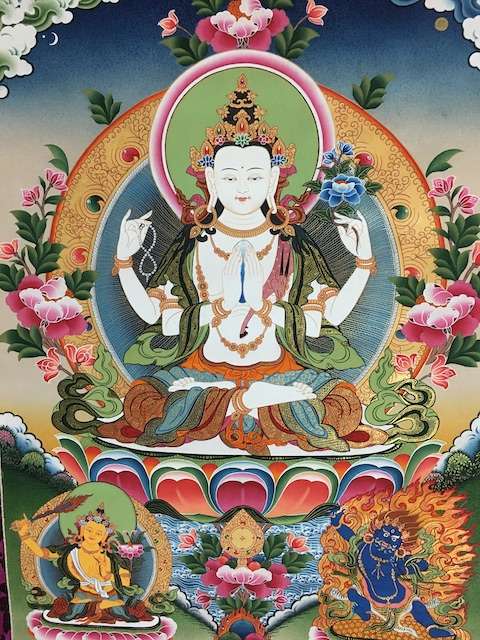
5 Reflection
Search one’s mind for any broken vow(s) and regrets for lapses in mindfulness. Look deeply into oneself and the thousands of habitual tendencies that seem to define oneself. Realise that one’s nature is really one’s ego persistently but ignorantly trying to assert its own identity. The only way to awaken from this delusional state is to cultivate a continuous state of crystal clear awareness so that habitual tendencies are instantly recognised and liberated the moment they arise.
6 Taking the 8 Mahayana Precepts
“I affirm and vow to all the Buddhas and Bodhisattvas that I shall:-
1) not kill,
2) not steal,
3) abstain from sexual acts,
4) abstain from telling lies,
5) abstain from alcohol and other intoxicants,
6) abstain from singing, dancing, wearing frivolous things,
7) abstain from meals after noon time,
8) abstain from high seats or luxurious beds.”
These precepts are essentially the same as the monastic precepts, except instead of taking them for life; a lay practitioner takes them for one day at a time. Taking the precepts from dawn to dawn is a very effective way to train the body, speech and mind of a lay practitioner. If the precepts are kept correctly, one’s ignorance will diminish; his knowledge and wisdom will naturally increase; his meditation practice will also benefit.
7 Dedication of Merit
“I dedicate the merit of this and all Sojong practice to each and every sentient being. May all beings accomplish within their minds the accumulation of moral disciplines, concentrative meditation, transcendental wisdom, and ultimately attain enlightenment and be freed from the sufferings of Samsara.”
This dedication is an act of generosity – sharing our benefits and merits from this practice with all sentient being.
(Instructions from Shangpa Rinpoche, recorded by his devotee Vicky, Singapore, 2006).

These are some words on Sojong (Practice of Confession) by Supreme Master Padmasambhava, the Second Buddha:
To fully restore all positivity,
To clear away all negativity;
To replenish (so) virtue and purify (jong) harmful deeds;
The Tathagata has taught the practice of Sojong.
Padmasambhava

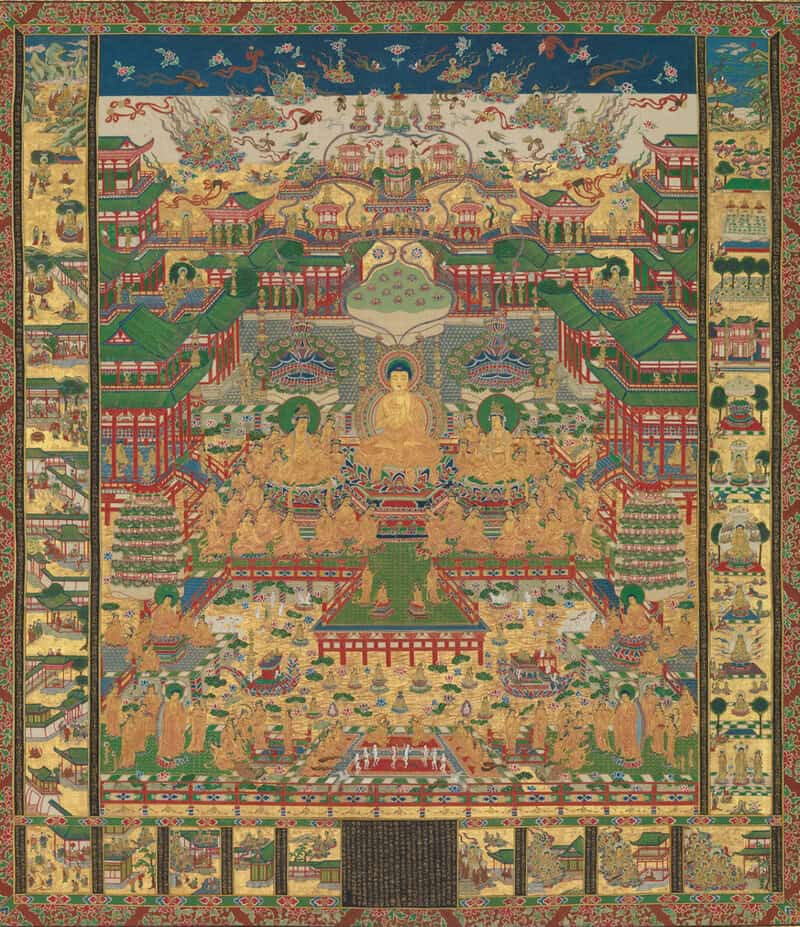
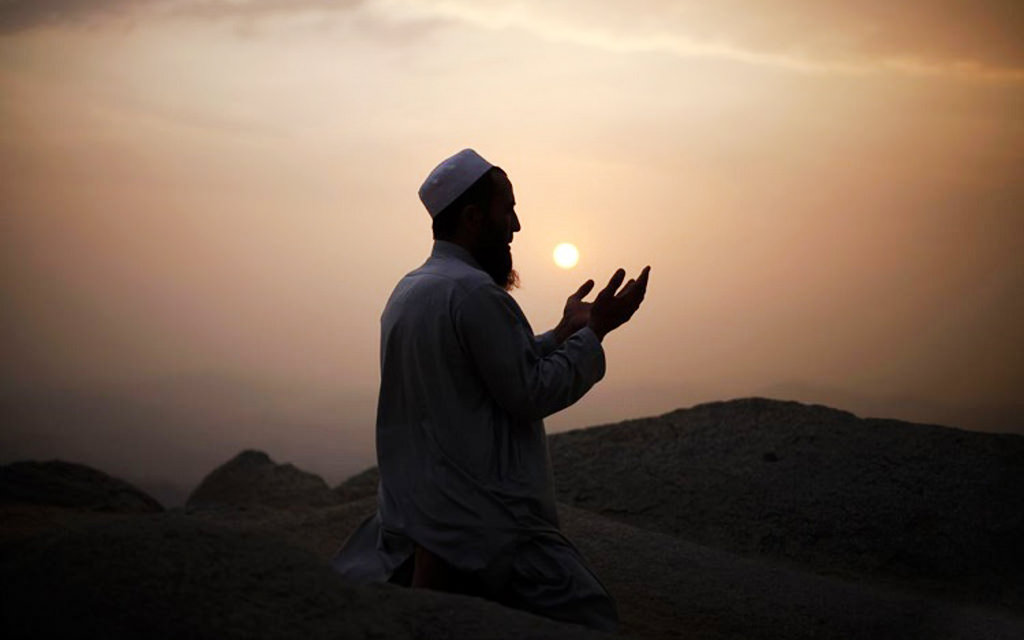
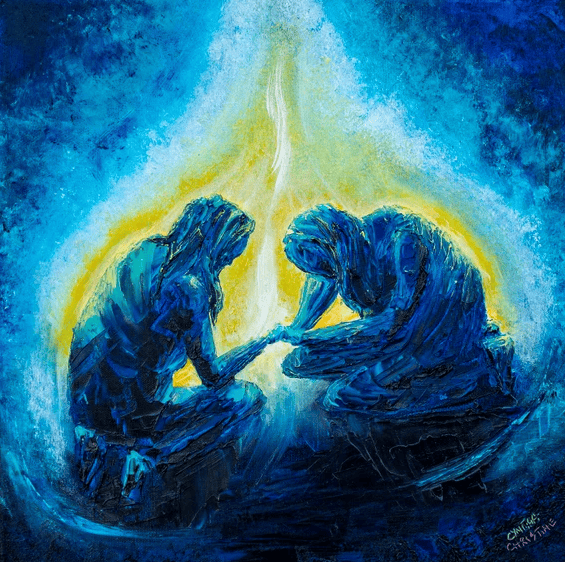

hank you very much for kindly sharing
"Are tea and coffee considered intoxicants?"
Interesting question. One way to look at it (amongst many) is that we can become intoxicated by pretty much anything. Any sensation, emotion or thought can intoxicate us such that we lose awareness. Any activity can do likewise. Or, those same activities, thoughts, emotions or sensations can be the occasion for awareness to arise.
As such, as dharmas have the potential to help or hinder you on the path.
So the question becomes – do tea and coffee tend to hinder me at this time, at this stage of my practice, at this moment – in practicing the Dharma?
Right here, right now – examine your experience, and you will find the answer to the question.
What may be a hindrance at one point in time may not be at another. For one person might not be the same as for another. Different things may take us out of awareness more frequently or more powerfully at different stages of our development.
So my suggestion is (and it's only a suggestion) look at your experience, and be guided by your innate wisdom. You will know what to do if you are able to look clearly and deeply.
If you cannot do that, well, rely on general teachings, which give general advice for general situations. Or better than this, ask your teacher if you have one.
Hope that helps?
are coffee and tea considered intoxicants?
Thank you so much. I will practise sojong next Thursday 20th, for the benefit of all sentient beings.
I’m sitting here at work, thinking about ways to go further in my practice, ways to give more of myself. I took some informal vows a few months ago, but it was quite meaningful, I’m remembering their importance, and realizing it is time to renew them. May the Dharma flourish on all continents for the benefit of all beings! Thanks for having your blog.
thank you very much for kindly sharing!
I just practiced sojong in the Mani retreat, it is very very helpful.
there is a good calendar it can be found in the following webpage,clearly mentioned which day is good day to take sojong.
lujb
http://www.snowlionpub.com/pages/calendar.php
Many thanks for your kind comments Jennifer. I wish you well in your journey. There have been long years where I also had no physical companions on the path.
take care, and best wishes in the Dharma,
Chodpa
I stumbled upon your weblog and I wanted to show my gratitude for it. I have been a solitary practitioner of Buddhism for many years and there is so much I do not understand. I will enjoy learning more about the Dharma, the practices, and the wisdom you have to share.
Namaste,
Jennifer Stevens
jstevens@namasteconsultinginc.com